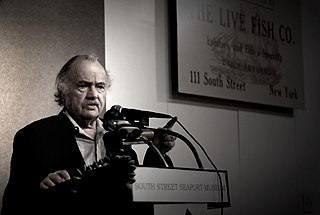
Ronald Joseph Goulart ( ) was an American popular culture historian and mystery, fantasy and science fiction author.
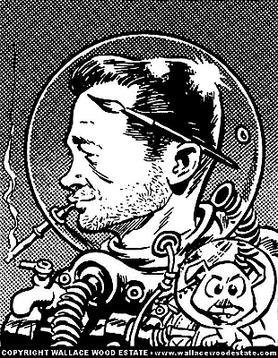
Wallace Allan Wood was an American comic book writer, artist and independent publisher, widely known for his work on EC Comics's titles such as Weird Science, Weird Fantasy, and MAD Magazine from its inception in 1952 until 1964, as well as for T.H.U.N.D.E.R. Agents, and work for Warren Publishing's Creepy. He drew a few early issues of Marvel's Daredevil and established the title character's distinctive red costume. Wood created and owned the long-running characters Sally Forth and Cannon.
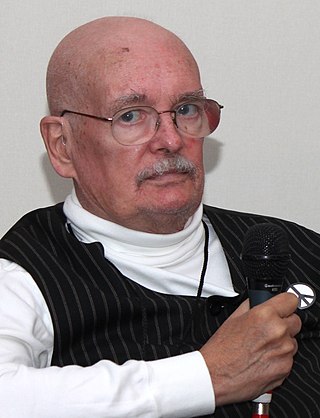
Dennis Joseph O'Neil was an American comic book writer and editor, principally for Marvel Comics and DC Comics from the 1960s through the 1990s, and Group Editor for the Batman family of titles until his retirement.
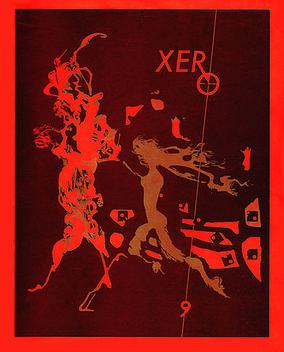
Xero was a fanzine edited and published by Dick Lupoff, Pat Lupoff and Bhob Stewart from 1960 to 1963, winning a Hugo Award in the latter year. With science fiction and comic books as the core subjects, Xero also featured essays, satire, articles, poetry, artwork and cartoons on a wide range of other topics, material later collected into two hardcover books.

witzend, published on an irregular schedule spanning decades, is an underground comic showcasing contributions by comic book professionals, leading illustrators and new artists. witzend was launched in 1966 by the writer-artist Wallace Wood, who handed the reins to Bill Pearson from 1968 to 1985. The title was printed in lower-case.

Roy Gerald Krenkel, who often signed his work RGK, was an American illustrator who specialized in fantasy and historical drawings and paintings for books, magazines and comic books.

Clarence Matthew Baker was an American comic book artist and illustrator, best known for drawing early comics heroines such as the costumed crimefighter Phantom Lady, and romance comics. Active in the 1940s and 1950s Golden Age of comic books, he is one of the first known African-American artists to find success in the comic-book industry. He also penciled St. John Publications' digest-sized "picture novel" It Rhymes with Lust (1950), the first graphic novel despite that term not having been coined at the time.
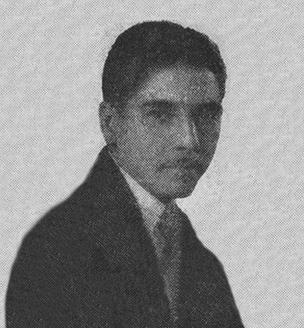
Alexander A. Schomburg, born Alejandro Schomburg y Rosa, was a Puerto Rican commercial artist and comic-book artist and painter whose career lasted over 70 years.
William Pearson, known professionally as Bill Pearson, is an American novelist, publisher, editor, artist, comic book scripter and letterer, notable as the editor-publisher of his own graphic story publication, witzend.
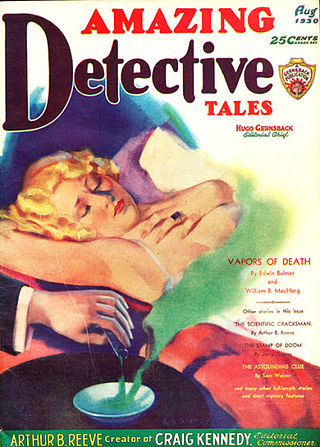
Earle K. Bergey was an American artist and illustrator who painted cover art for thousands of pulp fiction magazines and paperback books. One of the most prolific pulp fiction artists of the 20th century, Bergey is recognized for creating, at the height of his career in 1948, the iconic cover of Anita Loos's Gentlemen Prefer Blondes (1925) for Popular Library.

The catch-all term adult comics typically denotes comic books, comic magazines, comic strips or graphic novels that are marketed either mainly or strictly towards adult readers. This can be because they contain material that could be considered thematically inappropriate for children, including vulgarity, morally questionable actions, disturbing imagery, and sexually explicit material.

Richard Bassford is an American illustrator who has worked in both advertising and comic books.
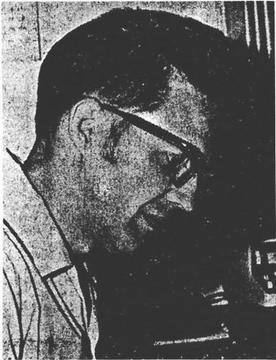
Danny L. Adkins was an American illustrator who worked mainly for comic books and science-fiction magazines.

Fiction House was an American publisher of pulp magazines and comic books that existed from the 1920s to the 1950s. It was founded by John B. "Jack" Kelly and John W. Glenister. By the late 1930s, the publisher was Thurman T. Scott. Its comics division was best known for its pinup-style good girl art, as epitomized by the company's most popular character, Sheena, Queen of the Jungle.
Invisible Scarlet O'Neil is a 1940–1956 American comic strip written and drawn by Russell Stamm, who had previously been an assistant to Chester Gould on Dick Tracy. The strip focused on Scarlet O'Neil, a plainclothes superhero with the power of invisibility.
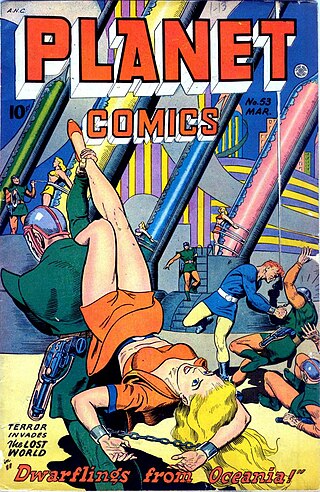
Planet Comics was a science fiction comic book title published by Fiction House from January 1940 to Winter 1953. It was the first comic book dedicated wholly to science fiction. Like most of Fiction House's early comics titles, Planet Comics was a spinoff of a pulp magazine, in this case Planet Stories. Like the magazine before it, Planet Comics features space operatic tales of muscular, heroic space adventurers who are quick with their "ray pistols" and always running into gorgeous women who need rescuing from bug-eyed space aliens or fiendish interstellar bad guys.
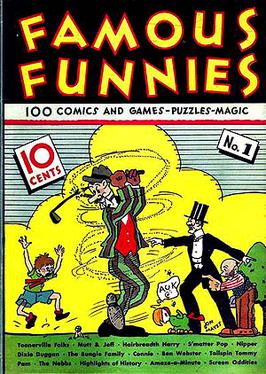
Famous Funnies is an American comic strip anthology series published from 1934 to 1955. Published by Eastern Color Printing, Famous Funnies is considered by popular culture historians as the first true American comic book, following seminal precursors.
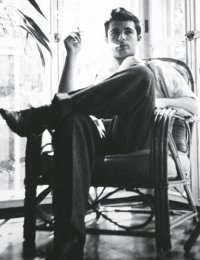
William Hess Ward, was an American cartoonist notable as a good girl artist and creator of the risqué comics character Torchy.
The Comic and Fantasy Art Amateur Press Association (CFA-APA) was founded in 1985 by Roger Hill. Its membership consists of knowledgeable fans, creators, and collectors of comic and fantasy art who write about various subjects related to those genres. The group self-publishes approximately three times a year and each issue has a theme relating to a specific creator or subject. Currently, membership is limited to 40 persons at any one time and circulation is limited to 55 issues, making the publication itself highly collectible.
Harry Shorten (1914–1991) was an American writer, editor, and book publisher best known for the syndicated gag cartoon There Oughta Be a Law!, as well as his work with Archie Comics, and his long association with Archie's publishers Louis Silberkleit and John L. Goldwater. From the late 1950s until his 1982 retirement, Shorten was a book publisher, overseeing such companies as Leisure Books, Midwood Books, Midwood-Tower Publications, Belmont Tower, and Roband Publications.

















